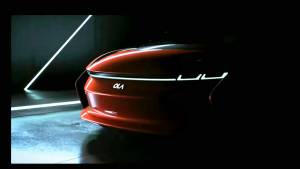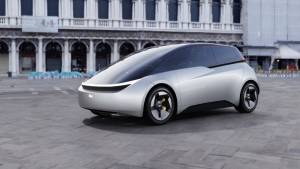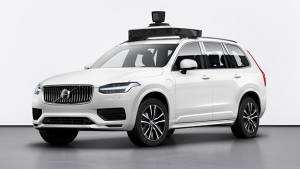Everything you need to know about autonomous cars
With hybrid and electric technology already moving in leaps and bound and autonomous driving gaining a lot of popularity, the spotlight has now shifted towards bringing the two together. Brands have been spending a lot of their time and money in perfecting autonomous driving technology before they can get it to mass production because of the obvious perils.
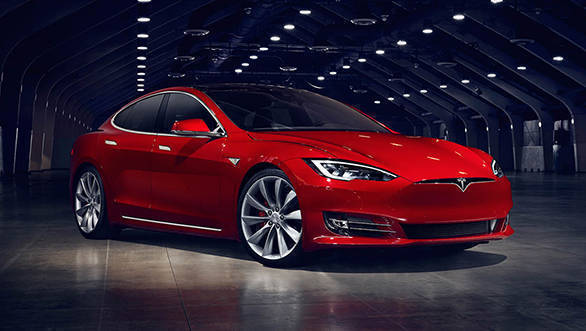
Now while we know quite a bit about electric and hybrid technology, the latter is still comparatively new to most of us. So here's a quick but detailed look at everything you need to know about autonomous driving.
What are autonomous cars?
This one's a no-brainer, right? They're cars which can drive from Point A to Point B with no inputs from the driver. Well, there's actually a bit more to it than that. There are five different levels of autonomous cars, according to the Society of Automotive Engineers (SAE).
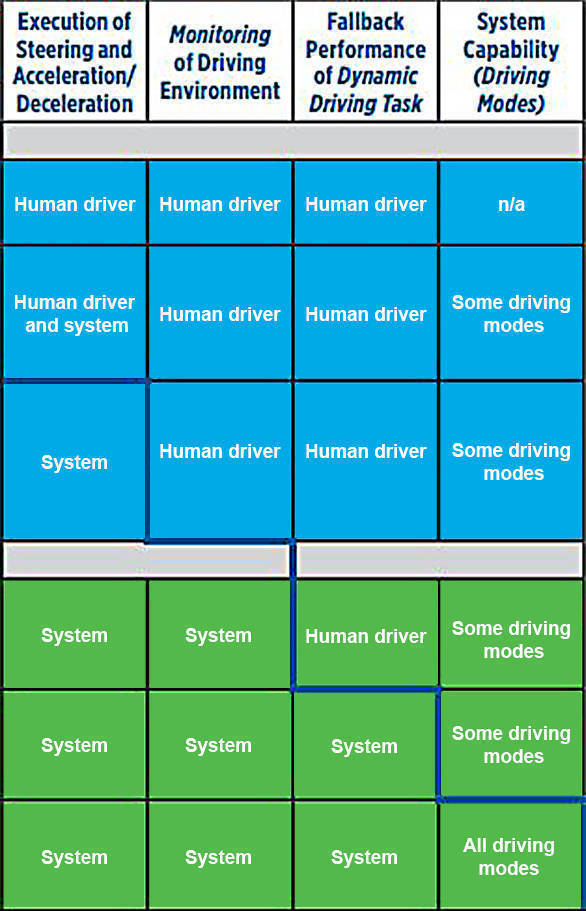 Source: SAE International and J3016
Source: SAE International and J3016
Level 0, no automation:
The name says it all there's no automation and the driver does all the work. It's basically what most of us have been living with all these years.
Level 1, driver assistance:
In this category, the driver still does most of the work while some functions like steering or acceleration/deceleration are controlled by the car. The driver-assistance systems like the basic cruise control as well as the more advanced collision avoidance and pedestrian detection systems in high-end cars like Volvo and Mercedes-Benz are perfect examples of Level 1 autonomy.
Level 2, partial automation:
Here's an easy way to remember this a Level 2 autonomous car can take care of at least two primary functions simultaneously. But in some cases, like with Tesla's Autopilot system, it can even take care of steering the car. However, what's important to note is that the driver is still required to monitor the surroundings to take over the controls in case of an emergency.
Level 3, conditional automation:
This is where all the Tesla cars will be in the coming months. At this stage, the car's system will monitor the driving environment and the driver can handover all driving duties to it. However, the system will ask the driver to intervene in certain situations for which the driver should be ready.
Level 4, high automation:
Like Level 3, the car takes control of all driving functions. However, even if the driver doesn't respond to an intervention request, the car will still react according to the situation to avoid danger.
Level 5, full automation:
A Level 5 car can perform all functions with no intervention from the driver, whatsoever. This means that the car can drive to places even if it is unoccupied. Tesla has just announced that all its cars from now on will be manufactured with Level 5 compatible hardware.
How do they work?
The foundation of autonomous driving is based on a very common system GPS. Like Google Maps on your phone, it tells the car's computer its location and also gives directions to the destination of your choice. However, navigating through our roads isn't as simple as blindly following directions from a map. They are full of other unpredictable factors like cars, pedestrians, road work, railway crossings and so on. And that's where the rest of the kit comes in.
The eyes of an autonomous driving system are the cameras which are located all around the car. The Teslas, which will get Level 5 compatible hardware, feature eight 360-degree cameras. It helps detect traffic, road signs, pedestrians and basically anything else in the vicinity of the car. But at night, visibility drops significantly, thereby reducing the camera's effectiveness. That's where the radar comes in.
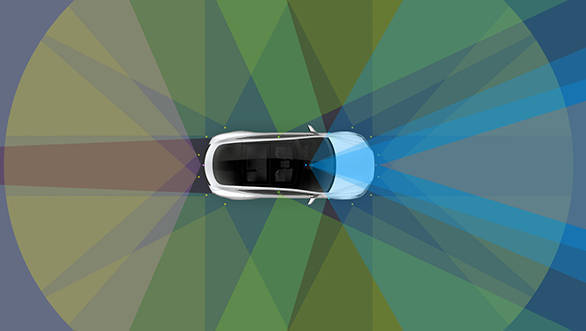
No matter what the driving conditions day, night, rain or snow the radar gives the autonomous driving system accurate information on the position of other objects on the road. Think of them as night-vision goggles for the car.
If you've seen Google's autonomous driving cars, you would have noticed the rather odd-looking rotating object mounted on its roof. That device holds lasers which constantly scan the surroundings and feed the information to the system. Google's software can even recognise cyclists and understand their hand signals while changing direction.
Tesla's more aesthetic solution is to use ultrasonic sensors instead of lasers. The car's body is riddled with these sensors that can detect objects 16 feet away from it. The autonomous system's job is to stitch all this information together and use it to control acceleration, steering and braking.
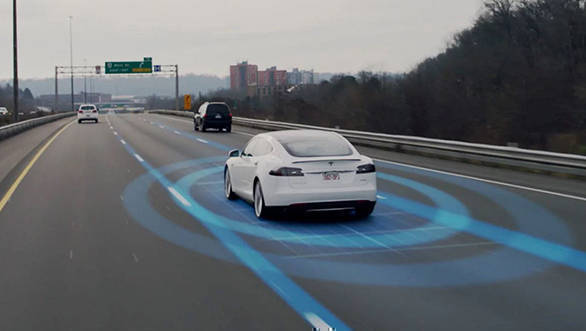
Some of the latest advancements in this field come from Germany's Digital Motorway Test Bed, where the government has allotted certain sections of the highway for the testing and development of autonomous driving. One of Audi's projects over there involves developing materials for guardrails and road markers which reflect radar waves better, thereby increasing the system's visibility. Audi will also be testing vehicle-to-vehicle and vehicle-to-infrastructure communication systems which will alert cars about speed limits, traffic conditions and road hazards. It could also allow for platooning.
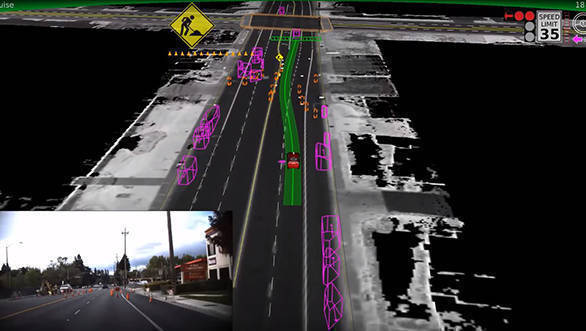
A platoon, with reference to autonomous driving, is a group of cars that can travel close together at high speeds with the help of vehicle-to-vehicle communication. In a platoon, there's a lead car which controls the speed and direction of the convoy by constantly communicating with the other cars.
What's worth noting though is that the systems currently being developed have been programmed to work in a dynamic and unpredictable environment full of human drivers. In the future, where autonomous cars could be predominant, vehicles will be able to communicate with each other, making things a lot more predictable and uncomplicated.
What's there to look forward to in this?
Safety
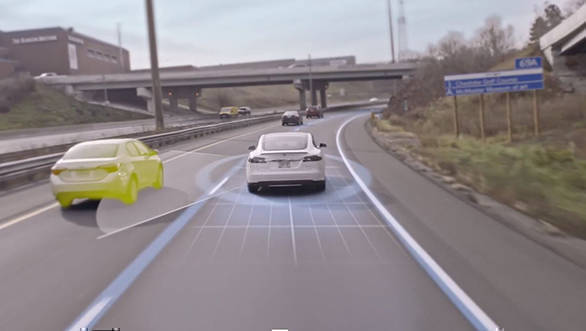
The most important benefit of autonomous driving will be safety. A very, very advanced computer that processes information much faster than we can ever dream of is certainly better equipped to react to emergencies than we'll ever be. Additionally, when autonomous cars take over the roads, the amount of human error will be almost negligible. This means that road accidents will reduce, and we can actually travel at faster speeds safely.
No more dealing with traffic
With autonomous driving, you can just let the computer deal with the hassles of daily rush hour. And that brings us to the next upside.
No more traffic!
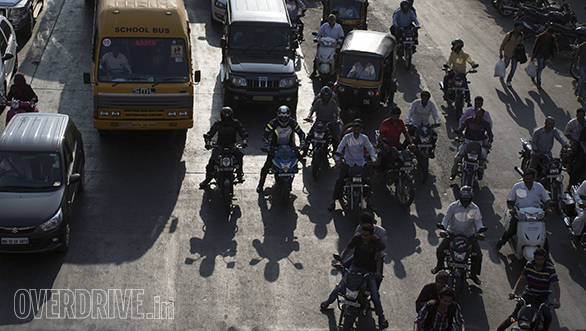
As autonomous driving becomes popular, so will car sharing because no one will need to own a car, per se. In an environment where cars can drive themselves, it can drop one person off and head to the nearest person who needs a ride somewhere. So fewer the cars, less the traffic.
What's not to look forward to?
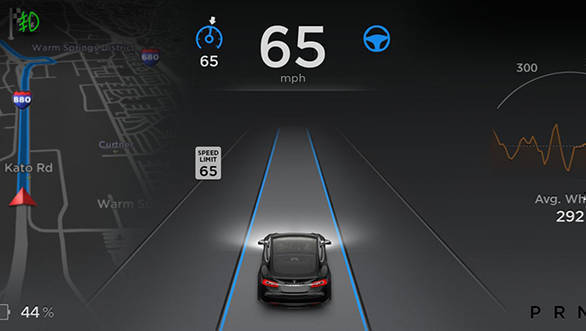
Goodbye driving
While companies like Tesla still offer a manual driving mode, it's only a matter of time before things get fully automated and we are simply ferried from one place to another. I'd suggest you make the most of the time you've got left with your beloved cars.
Change is always difficult
The biggest challenge that automobile manufacturers will face is the implementation of this technology. It's going to take a long time to convince people to switch over to autonomous cars. And with the people like me that's never going to happen. There have already been a bunch of crashes involving autonomous cars, and that brings forwards a bunch of legal hassles too. Several new laws need to be implemented, and a lot of infrastructural development is required to make this successful, and that will cost the government a lot of money.
The end of the automobile industry as we know it
The implications of autonomous technology are huge on this industry. Everything about it will change right from the how cars are engineered to whom they're engineered for. The automotive industry plays a significant role in employment across the world. When the number of cars manufactured reduces, so will the number of people working on them.
-NA-
-NA-
503
660
-NA-
